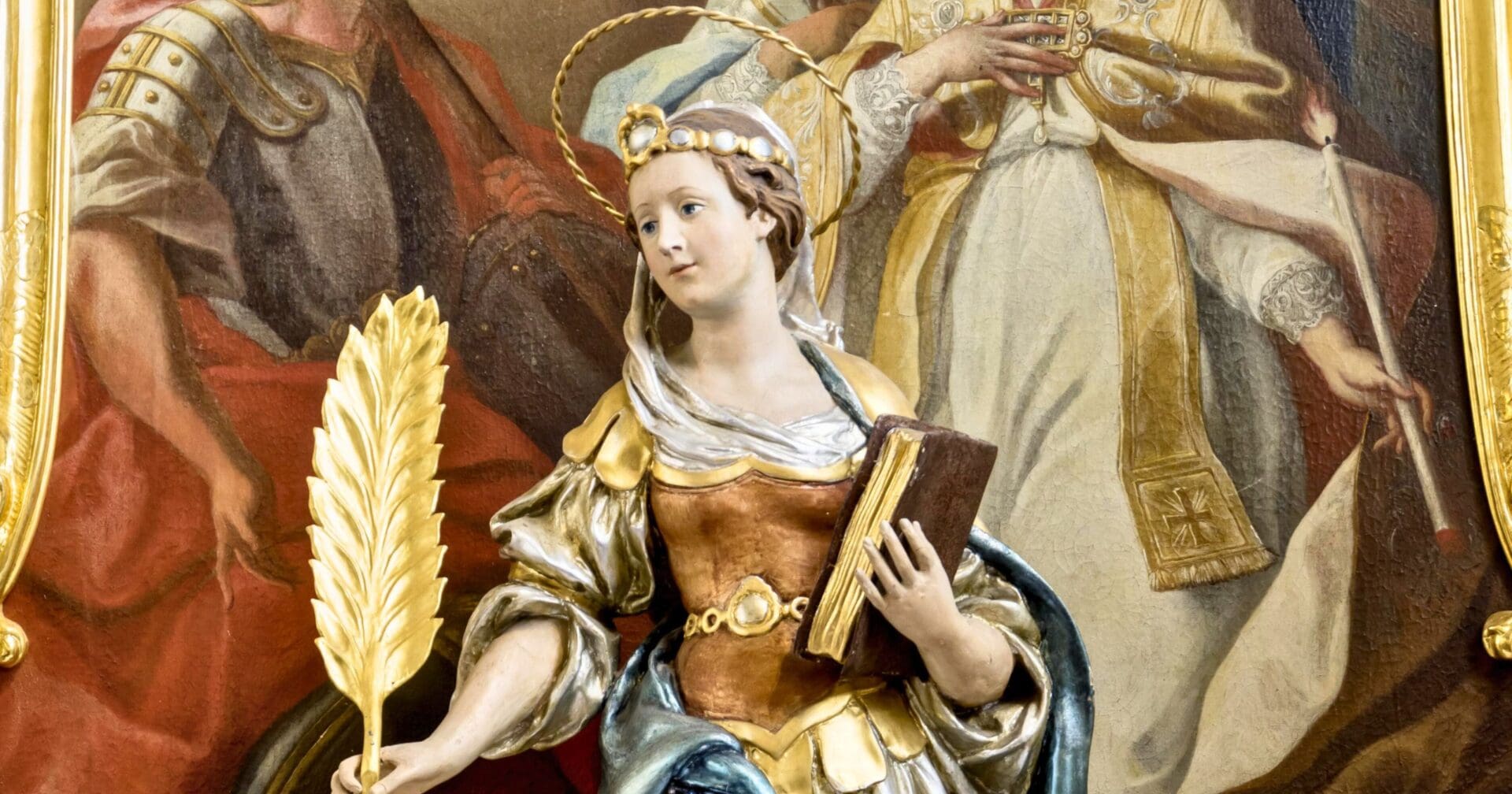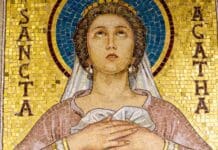Saint Peter was the Prince of the Apostles and the first pope. Throughout the Bible, we see many accounts of his relationship to Christ and his time spent as one the Twelve Apostles. We also see the actions of Peter after the Ascension in setting up the early Church in Jerusalem and beyond. However, little is known of Saint Peters personal life other than him being a fisherman before meeting the Lord. Did Saint Peter have a family and children?
A necessary requirement to having a family and children is of course, having a spouse. Saint Peter settled in the town of Capharnaum around the year 26-28. In the Gospel of Matthew, Peter was living with his mother-in-law in Capharnaum, and thus was married with a wife.
“Jesus entered the house of Peter, and saw his mother-in-law lying in bed with a fever.” – Matthew 8:14
In addition to being married, Clement of Alexandria wrote in the year 284 that had Peter had children.
“Peter and Philip had children, and Philip gave his daughters in marriage.” – Stromata, III, vi, ed. Dindorf, II, 276″
Traditionally, Saint Petronilla was identified as the biological daughter of Saint Peter. There is some dispute among historians, however, concerning the validity of Petronilla being the biological child of Peter. Some say this relation stems from the similarity of their names, while others say she was converted to Catholicism by Saint Peter and thus was a “spiritual daughter.” It is said that Peter had cured her of a palsy. Stories of her tell that she was so beautiful she lived in a tower to keep suitors at bay, and that a Pagan King Count Flaccus wanting to marry her led her to go on a hunger strike from which she died.
After her death, she was buried in the Via Ardeatina near Saints Nereus and Achilleus. Her burial location was confirmed by excavations of the catacombs near Domitilla. Today, Saint Petronilla’s feast is celebrated May 31st. She is the patron saint of The Dauphins of France, mountain travelers, treaties between Popes and Frankish emperors, and she is also invoked against fever.
Photo Credit: © Jörgens.Mi/Wikipedia, Licence: CC-BY-SA 3.0, Source: Wikimedia Commons


















[…] uCatholic: Did Saint Peter Have a Daughter? […]
[…] uCatholic: Did Saint Peter Have a Daughter? […]
[…] priests would commonly marry and have children. The first pope himself, Saint Peter, was married and most likely had children, and many who came after him also had […]
[…] priests would commonly marry and have children. The first pope himself, Saint Peter, was married and most likely had children, and many who came after him also had […]
I think you are using the saint, her life and her martyrdom for other purposes than those really expected. Saint Petronilla is expected to have lived in the 1st or 3rd century After Christ. In the article though you mention “while others say she was converted to Catholicism by Saint Peter”. There was no Catholicism at that date. There was only Christianity, meaning the people believing in Jesus Christ and in his one and only church; everything else was pagan or heresy. Catholicism as a dogma was introduced later on and specifically around 1054.
I don’t intend to harm your beliefs with my comment, I just want to say you shouldn’t use – if you respect her at least – a Saint’s life and martyrdom to promote your beliefs – whichever they may be.
Thank you!